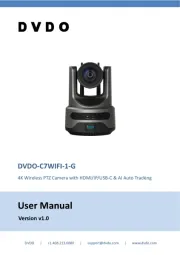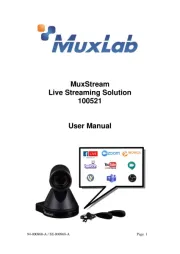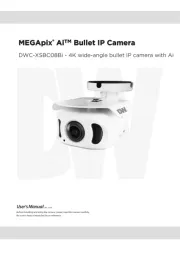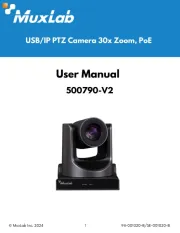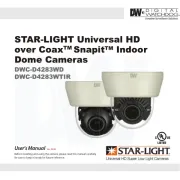Dahua Technology Pro IPC-HDW5442TM-AS Manual
Læs gratis den danske manual til Dahua Technology Pro IPC-HDW5442TM-AS (196 sider) i kategorien Overvågningskamera. Denne vejledning er vurderet som hjælpsom af 29 personer og har en gennemsnitlig bedømmelse på 4.8 stjerner ud af 15 anmeldelser.
Har du et spørgsmål om Dahua Technology Pro IPC-HDW5442TM-AS, eller vil du spørge andre brugere om produktet?

Produkt Specifikationer
| Mærke: | Dahua Technology |
| Kategori: | Overvågningskamera |
| Model: | Pro IPC-HDW5442TM-AS |
Har du brug for hjælp?
Hvis du har brug for hjælp til Dahua Technology Pro IPC-HDW5442TM-AS stil et spørgsmål nedenfor, og andre brugere vil svare dig
Overvågningskamera Dahua Technology Manualer
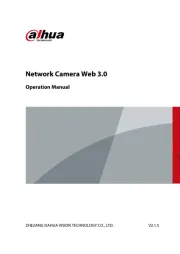

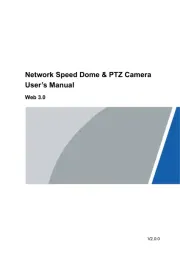

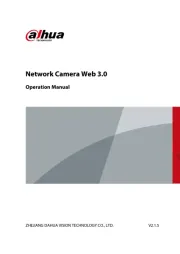


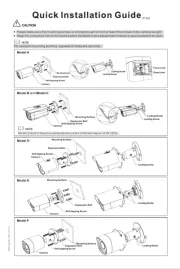

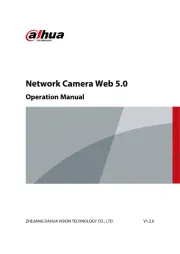
Overvågningskamera Manualer
- Kramer
- Milesight
- Sonic Alert
- Bresser
- Reolink
- Milestone Systems
- Samsung
- Zavio
- Ipevo
- Night Owl
- Broan
- Summer Infant
- Weldex
- Caliber
- Enabot
Nyeste Overvågningskamera Manualer





